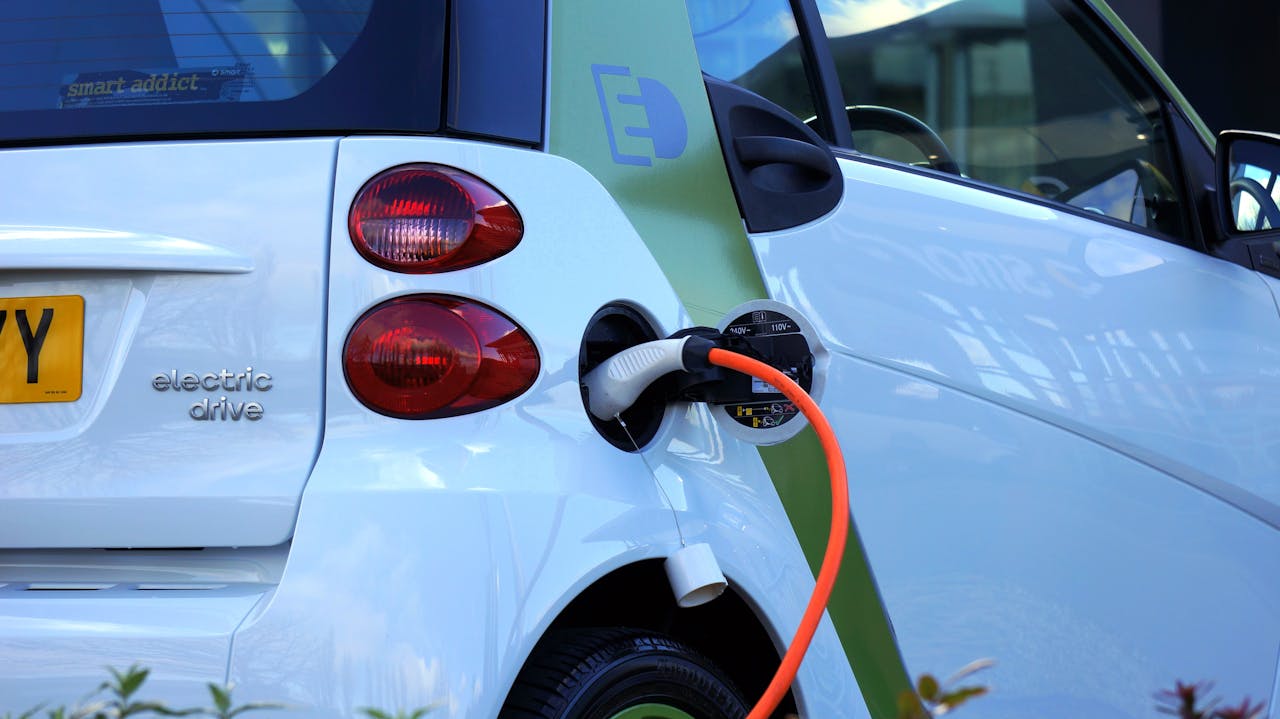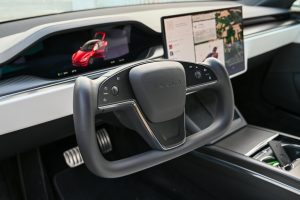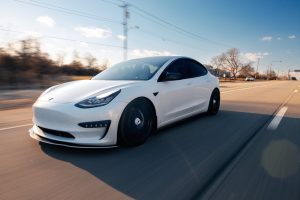1. Definition of Electric Vehicles: Are They Really a “New Species”?
Electric Vehicles (EVs) are cars powered primarily by electricity and driven by electric motors. They’re not just traditional cars with an electric twist — they represent a fundamentally different kind of transportation.
Currently, the main types of EVs include:
| Type | Abbreviation | Explanation |
|---|---|---|
| Battery Electric Vehicle | BEV | Fully powered by batteries, no internal engine |
| Plug-in Hybrid EV | PHEV | Can run on both electricity and gasoline |
| Range-Extended EV | REEV | Driven by battery, engine used only to recharge |
For example, the Tesla Model 3 is a typical BEV, while the Toyota Prius Prime is a PHEV.
2. Core Components of EVs: It’s More Than Just a New “Heart”
Don’t assume an EV is just a gas car with its engine swapped. The internal structure is fundamentally different. The major systems include:
- Battery Pack – Like the fuel tank, this is the energy source. As of 2025, most EVs use NMC (Nickel Manganese Cobalt) or LFP (Lithium Iron Phosphate) batteries.
- Electric Motor – Replaces the engine, responsible for driving the wheels. It’s more efficient and responds faster than a combustion engine.
- Power Electronics – The car’s brain, including the inverter and controller. It manages energy flow and controls driving logic.
- Thermal Management System – Keeps the battery and motor within optimal temperature ranges to prevent overheating or performance loss.
- Charging System – Includes onboard chargers (AC) and fast-charging systems (DC), compatible with home sockets or superchargers.
To paint a clearer picture: think of an EV as a smartphone on wheels — every core feature is built around electricity.
3. How Does an EV Run? A Breakdown of Its Driving Principle
An EV runs through the combination of the electric motor and electronic control system.
Here’s how it works:
- Driver presses the accelerator → the controller receives the signal;
- The controller adjusts the inverter, converting DC power from the battery into three-phase AC;
- The motor spins in response and powers the vehicle;
- When decelerating or braking, the motor enters regenerative mode, converting kinetic energy back into electricity.
Compared to internal combustion engines (ICE), this system is much more efficient. A typical ICE has an efficiency of 25%-30%, while EV systems can reach over 85%.
4. Top EV Models in 2025: Who’s Leading the Market?
According to 2025 data from BloombergNEF and the IEA, here are some of the top EV players globally:
| Brand | Popular Models | Type | Range (EPA Standard) |
|---|---|---|---|
| Tesla | Model 3 / Y | BEV | 515–560 km |
| BYD | Seal / Atto 3 | BEV/PHEV | 400–700 km |
| Ford | Mustang Mach-E | BEV | 480–505 km |
| Hyundai/Kia | Ioniq 5 / EV6 | BEV | 450–500 km |
| BMW | i4 / iX | BEV | 420–480 km |
Tesla still dominates the global BEV market, but Chinese brands like BYD are rapidly gaining ground with their affordability and strong performance.
5. Pros & Cons of EVs: It’s Not Just About Being “Green”
Pros:
- Zero Emissions – No tailpipe, no fuel burning, great for urban air quality.
- Better Driving Feel – Instant torque, low noise, smooth acceleration.
- Lower Energy Costs – Electricity is cheaper than gasoline on a per-mile basis.
- Lower Maintenance – Fewer moving parts; no oil changes, no spark plugs.
Cons:
- Range Anxiety – Especially in cold weather or during long trips.
- Uneven Charging Access – Some rural or smaller cities still lack fast chargers.
- Battery Aging – Capacity degrades over time, impacting range.
- Higher Purchase Price – While prices are falling, premium EVs remain costly.
6. Common Misconceptions: Things You Might Get Wrong About EVs
- “EVs = Eco-friendly”?
Not always. If your electricity comes from coal, carbon emissions might still be high. But if it’s from renewables, EVs are clearly greener. - “EVs aren’t made for long trips”?
Depends on the model. By 2025, many EVs offer 600+ km range, and fast-charging networks are expanding rapidly. - “Batteries wear out in a few years”?
Most EV batteries now come with 8-year or 160,000 km warranties and can actually last 10+ years under normal use. - “EV maintenance is a nightmare”?
On the contrary — fewer parts means lower upkeep. The main cost is battery replacement after warranty, which can be mitigated with extended plans.
7. Global Trends in 2025: EVs Are Becoming the Norm
According to IEA and BloombergNEF, here’s what’s happening in 2025:
- Global EV market penetration exceeds 23% – Europe and China are leading the growth.
- Battery prices continue to fall – Average battery cost is down to $89 per kWh.
- Charging infrastructure is booming – Europe targets 1 million public chargers by 2025, and the US plans to install 500,000.
- Strong policy support – The EU plans to ban new ICE sales by 2035, with California and others following suit.
- Rise of “software-defined” vehicles – Features like autonomous driving, OTA updates, and app ecosystems are becoming standard.
So, are electric vehicles really the future of driving? There might not be a one-size-fits-all answer. But now that you understand how EVs work, you’ll be better prepared to make a smart decision when it’s time to buy your next car.
Have you considered buying an EV? What concerns you most? Drop your thoughts in the comments below—we’d love to hear from you!



